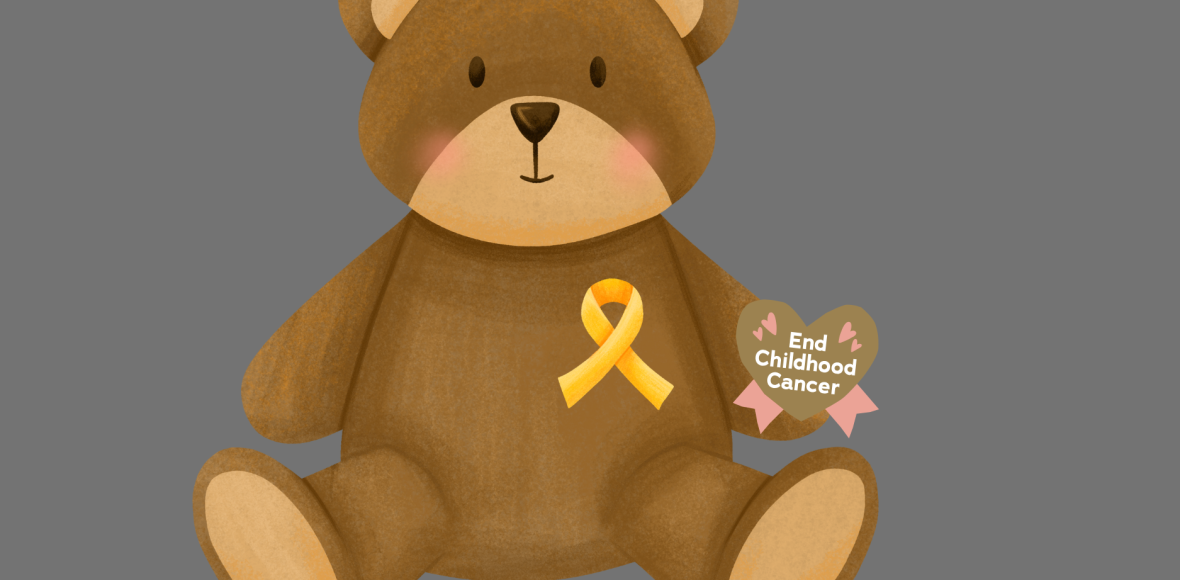
Written by Alice Njoki
Childhood cancer is becoming a bigger concern in Kenya, affecting thousands of children and their families every year. While the number of cases of childhood cancer worldwide is rising, Kenya faces unique challenges in dealing with this disease due to limited resources and lack of awareness.
In Kenya, approximately 3,000 new cases of childhood cancer are diagnosed annually. The most common types include leukemia, brain tumors, and lymphomas. However, there are not enough specialized treatment centers to handle the large number of cases.. However, there are not enough specialized treatment centers to handle the large number of cases. Most patients rely on facilities like Kenyatta National Hospital, which is often overwhelmed by the high demand for cancer care.
One of the biggest challenges is the difficulty in accessing treatment, especially for those living in rural areas. Many families struggle to travel long distances to reach hospitals, and by the time they arrive, their child’s condition may have worsened. Early diagnosis is critical, but because awareness about cancer symptoms is low, children are often diagnosed at advanced stages.
Another issue is the limited funding for cancer care and research. Kenya spends a small portion of its healthcare budget on cancer treatment, which affects the development of new treatments and the availability of advanced therapies. This means that children with cancer may not always receive the best possible care.
Myths and misconceptions about cancer are common in many communities, which leads to fear and hesitation when seeking medical help. Parents may avoid treatment or delay visits to hospitals due to a lack of understanding or misinformation.
To tackle these challenges, there needs to be more investment in healthcare infrastructure, more specialists trained in cancer care, and public education campaigns to raise awareness. Partnerships with international organizations and local NGOs can also help bridge the gap in cancer treatment and care.
The World Health Organization (WHO), for its part, has set an ambitious goal: a global childhood cancer survival rate of at least 60% by 2030. It’s a lofty aim . Reaching this target will require a multi-pronged approach – increased funding for research, improved access to quality healthcare, and a concerted effort to reduce children’s exposure to potentially carcinogenic substances. Ultimately, it boils down to a collective responsibility. By raising awareness, supporting research initiatives, and demanding accountability from manufacturers, we can, collectively, strive towards a brighter, healthier future for children worldwide.
Sources: Kenyan Ministry of Health, World Health Organization (WHO), National Cancer Institute of Kenya.

Leave a Reply